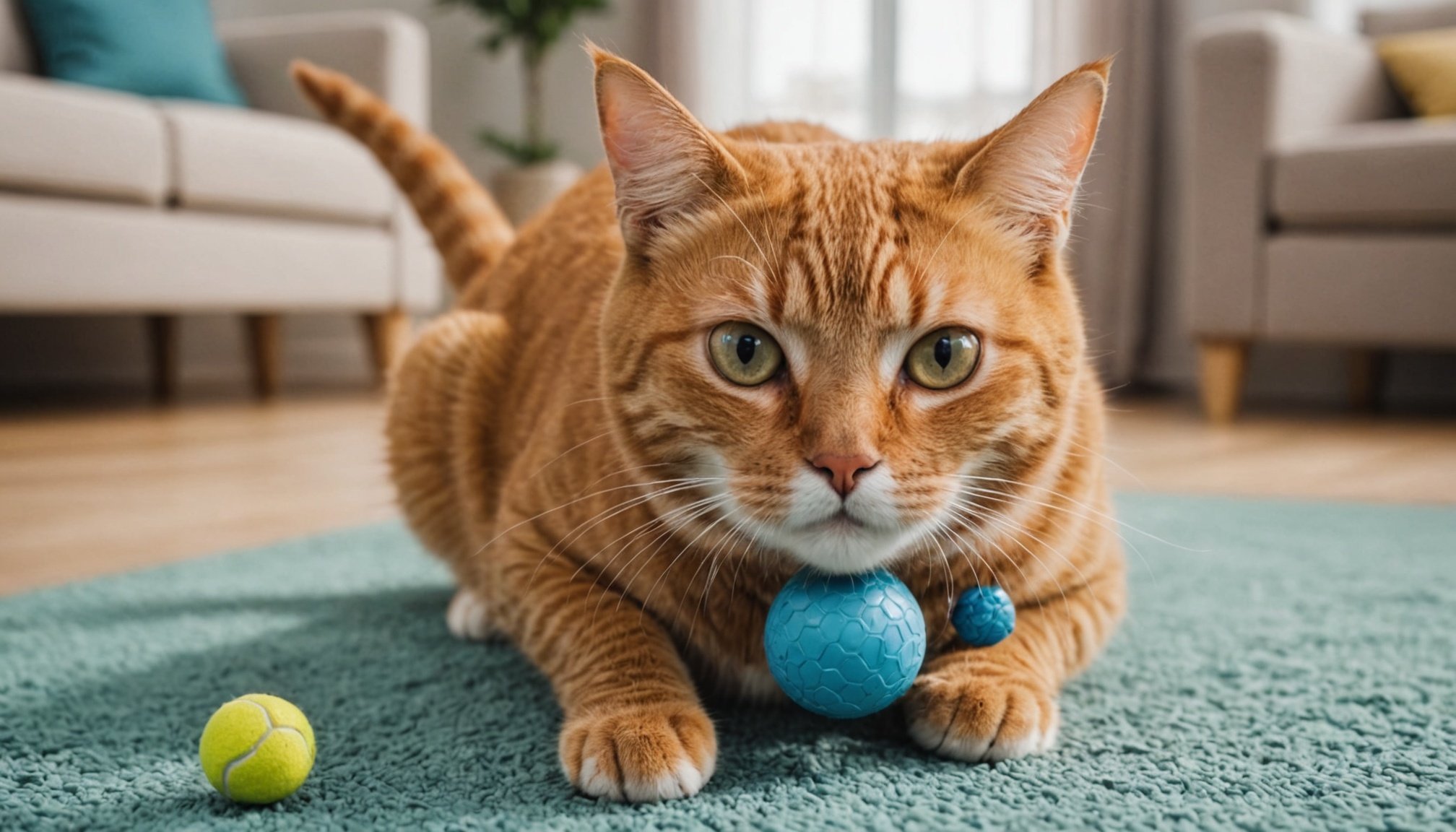Cats are agile creatures by nature, designed for stalking, pouncing, and climbing. However, modern domestication has somewhat muted these natural instincts, often leading to sedentary lifestyles for our feline friends. Such inactivity can lead to a range of health problems, from obesity to behavioral issues. Engaging your cat in interactive play is not just about burning off excess energy; it’s about nurturing their instincts and enhancing their physical activity. But how do you effectively engage your cat in such play? This guide will explore strategies to make playtime both enjoyable and beneficial for your beloved pet.
Understanding Your Cat’s Play Preferences
Before delving into specific activities, it’s crucial to understand that every cat is unique with their own preferences. Observing your cat’s behavior can provide valuable insights into their play style. Do they seem more intrigued by movements on the floor or prefer chasing objects mid-air? The answers to these questions will guide you in choosing the right toys and activities.
Also to see : Travel savvy: must-know advice for persian cat owners with brachycephalic felines
Cats often exhibit two primary types of play: solitary play and social play. Solitary play involves activities that a cat can engage in alone, whereas social play involves interaction, often with humans or other pets. Recognizing which your cat leans towards can help in structuring playtime effectively.
Moreover, age plays a significant role in determining play preferences. Kittens are more likely to engage in frenetic, high-energy play, while older cats may prefer slower-paced activities. Observe and adapt your play strategies accordingly, ensuring you cater to your cat’s needs.
Have you seen this : Creative solutions to keep cats off your furniture: gentle techniques that work without negative reinforcement
The Importance of Interactive Toys
Interactive toys form the backbone of effective play sessions. Unlike conventional toys, these are designed to stimulate a cat’s natural instincts. They offer a balance of mental and physical stimulation, crucial for a cat’s overall well-being.
Wand toys are a staple for many cat owners. Their erratic movements mimic the actions of prey, creating an enticing challenge for your cat. Feather attachments or small plush toys on the end can add an extra layer of excitement, encouraging your cat to leap and pounce.
Another excellent option is puzzle feeders. These toys provide both a physical and mental workout as your cat works to access treats or kibble hidden inside. Such toys are especially beneficial for indoor cats, who may lack other forms of stimulation.
Finally, consider laser pointers. These provide a safe way for your cat to chase without the mess. However, always ensure there’s a tangible object your cat can “catch” at the end, providing a sense of satisfaction and completeness in their hunt.
Setting Up a Playful Environment
Creating an environment conducive to play is as important as the toys or games themselves. A stimulating environment encourages exploration and discovery, keeping your cat physically active and mentally engaged.
Incorporate vertical spaces such as cat trees or shelves to promote climbing and jumping. These not only provide an outlet for your cat’s energy but also serve as vantage points, satisfying their natural curiosity.
Hideaways are another valuable addition. Boxes, tunnels, or even paper bags can serve as perfect hideouts for your cat, facilitating games of hide-and-seek.
Rotate toys to maintain interest. Cats can quickly become bored with the same toys, so changing them out regularly keeps things fresh and exciting. Moreover, consider adding natural elements like cat grass or catnip; these can significantly enhance your cat’s play experience, providing both enjoyment and relaxation.
Lastly, ensure your play space is safe. Remove any potential hazards and ensure all escape routes are closed to prevent any accidents.
Incorporating Scheduled Playtime
While spontaneous play has its merits, incorporating scheduled playtime can yield numerous benefits. Regular sessions create a routine, which not only boosts your cat’s activity levels but also strengthens your bond.
Aim for at least two 15-minute play sessions daily. Choose times when your cat is naturally more active, such as early morning or late evening, aligning with their instinctual hunting times.
During these sessions, focus on variety. Incorporate different toys and activities to keep things interesting. Always end with a calming activity, allowing your cat to wind down after the excitement.
Furthermore, consider blending training with play. Using treats to reward successful “hunts” or tricks can enhance your cat’s engagement, making playtime even more rewarding.
Finally, be patient. Some cats may not immediately warm to the idea of structured play, especially if they are used to a sedentary routine. Gradually build up playtime, ensuring it’s always a positive experience.
Engaging your cat in interactive play is a journey rather than a destination. By understanding your cat’s preferences, utilizing the right toys, creating an inviting environment, and sticking to a schedule, you can transform playtime into a fruitful endeavor. Remember, the goal is to foster a healthier, happier, and more active cat. As you explore this path, you’ll likely find that the joy and satisfaction derived from these sessions benefit not just your cat, but you as well.






